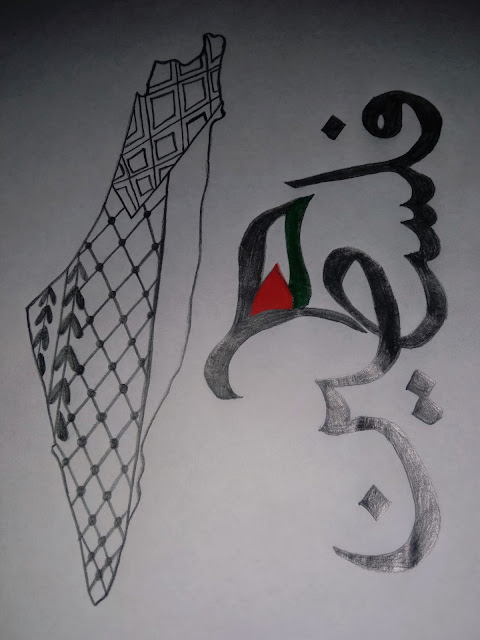Palestine Flag
Unveiling the Symbolism and History of the Palestinian Flag
Introduction:
Flags serve as potent symbols, encapsulating the identity, aspirations, and struggles of nations and peoples. Among the myriad of flags that adorn the global landscape, few evoke as much emotion and significance as the Palestinian flag. With its vibrant colors and rich symbolism, the Palestinian flag stands as a powerful emblem of resilience, unity, and the quest for self-determination. In this exploration, we delve into the history, design, and profound symbolism of the Palestinian flag, uncovering its significance in the context of the Palestinian struggle for statehood and sovereignty.
History and Evolution:
The Palestinian flag traces its origins to the early 20th century, amid the nascent stirrings of Palestinian nationalism and the struggle against Ottoman and British colonial rule. The first iteration of the flag emerged during the Arab Revolt against the Ottoman Empire in 1916, when Arab leaders sought to unify their disparate territories under a common emblem. This flag, featuring horizontal stripes of black, white, green, and red, became known as the Arab Revolt flag and would later inspire the design of the Palestinian flag.
In 1948, following the establishment of the State of Israel and the subsequent displacement of hundreds of thousands of Palestinians, the need for a distinct national symbol became increasingly urgent. It was during this period that the Palestinian flag, based on the Arab Revolt design, began to gain prominence as a symbol of Palestinian identity and resistance.
Design and Symbolism:
The Palestinian flag is characterized by its striking tricolor design, consisting of three horizontal bands of equal width: black, white, and green from top to bottom, with a red triangle extending from the hoist side. Each color carries profound symbolism, reflecting aspects of Palestinian identity, heritage, and struggle.
Black: The top band of the flag represents the fertile soil of Palestine and the perseverance and determination of the Palestinian people in the face of adversity. It symbolizes the land and the profound connection Palestinians have with their ancestral homeland.
White: The central white band embodies peace and harmony, reflecting the aspirations of Palestinians for a just and equitable resolution to the conflict with Israel. It represents the hope for a future of coexistence, tolerance, and reconciliation among all peoples in the region.
Green: The bottom green band symbolizes the verdant landscapes of Palestine, its lush olive groves, and agricultural heritage. It signifies growth, prosperity, and the vitality of Palestinian society, despite the challenges it has faced throughout history.
Red Triangle: The distinctive red triangle on the hoist side of the flag holds multiple interpretations. Some view it as representing the sacrifices made by Palestinians in their struggle for independence and freedom. Others see it as a symbol of the bloodshed and suffering endured by Palestinians throughout decades of conflict and displacement.
Significance and Recognition:
The Palestinian flag serves as a potent symbol of unity and solidarity among Palestinians, both within the occupied territories and in the diaspora. It is displayed proudly at rallies, demonstrations, and events commemorating key milestones in the Palestinian struggle for justice and self-determination.
Internationally, the Palestinian flag has gained recognition as a symbol of the Palestinian cause and the quest for statehood. In 1988, the flag was officially adopted as the national flag of the State of Palestine by the Palestinian Liberation Organization (PLO), the internationally recognized representative of the Palestinian people. Since then, it has been raised at the United Nations and other international forums as a visible reminder of the Palestinian quest for sovereignty and independence.
Conclusion:
The Palestinian flag stands as a powerful testament to the resilience, identity, and aspirations of the Palestinian people. Its vibrant colors and rich symbolism encapsulate the collective struggle for justice, dignity, and self-determination in the face of occupation, displacement, and adversity. As Palestinians continue to strive for a future of peace, freedom, and equality, the flag serves as a beacon of hope and a reminder of the enduring spirit of resilience that defines the Palestinian people.




.jpeg)

No comments: